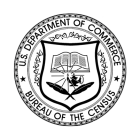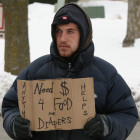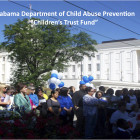
Census Report says Recession Taking Toll on Families, More Receiving Assistance
|
A new report from the U.S. Census Bureau says that the number of American families receiving Temporary Assistance for Needy Families (TANF) funding has increased by more than 20 percent since 2006. The findings from the report state that in 2009 the rate of families in the United States participating in the federal welfare program surged from 3.8 percent in 2006 to 4.8 just three years later. The report, entitled “Comparing Program Participation of TANF and non-TANF Families Before and During a Time of Recession,” compared data collected in Sept. 2006 and Aug. 2009 to assess the effects of the economic downturn on families with children under the age of 18 in the United States.

